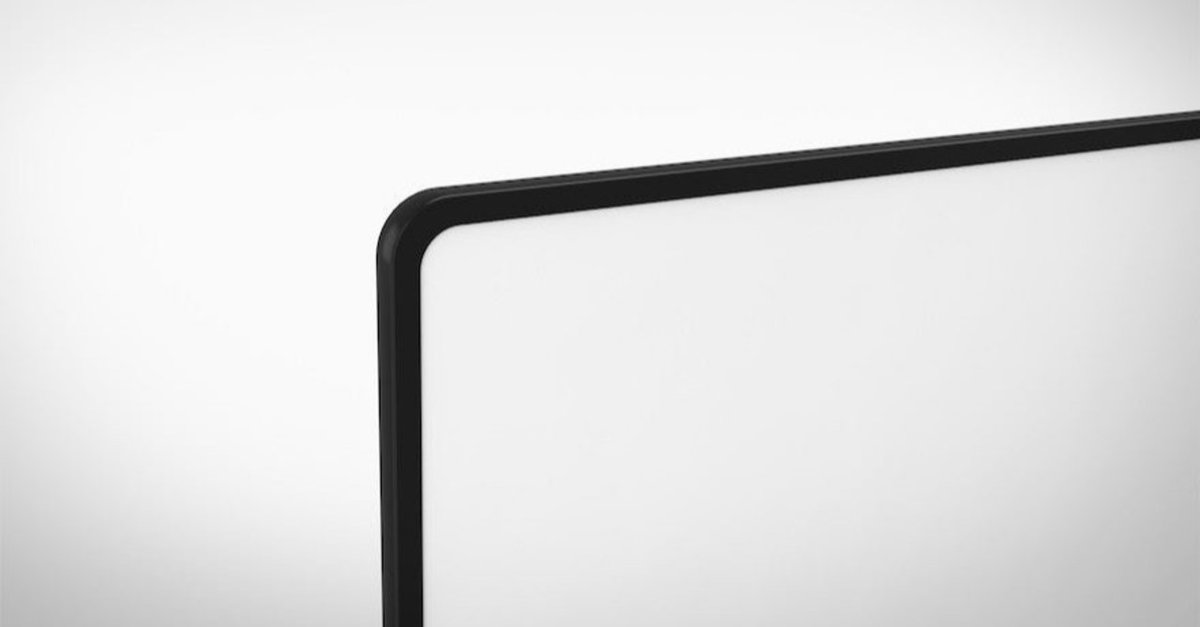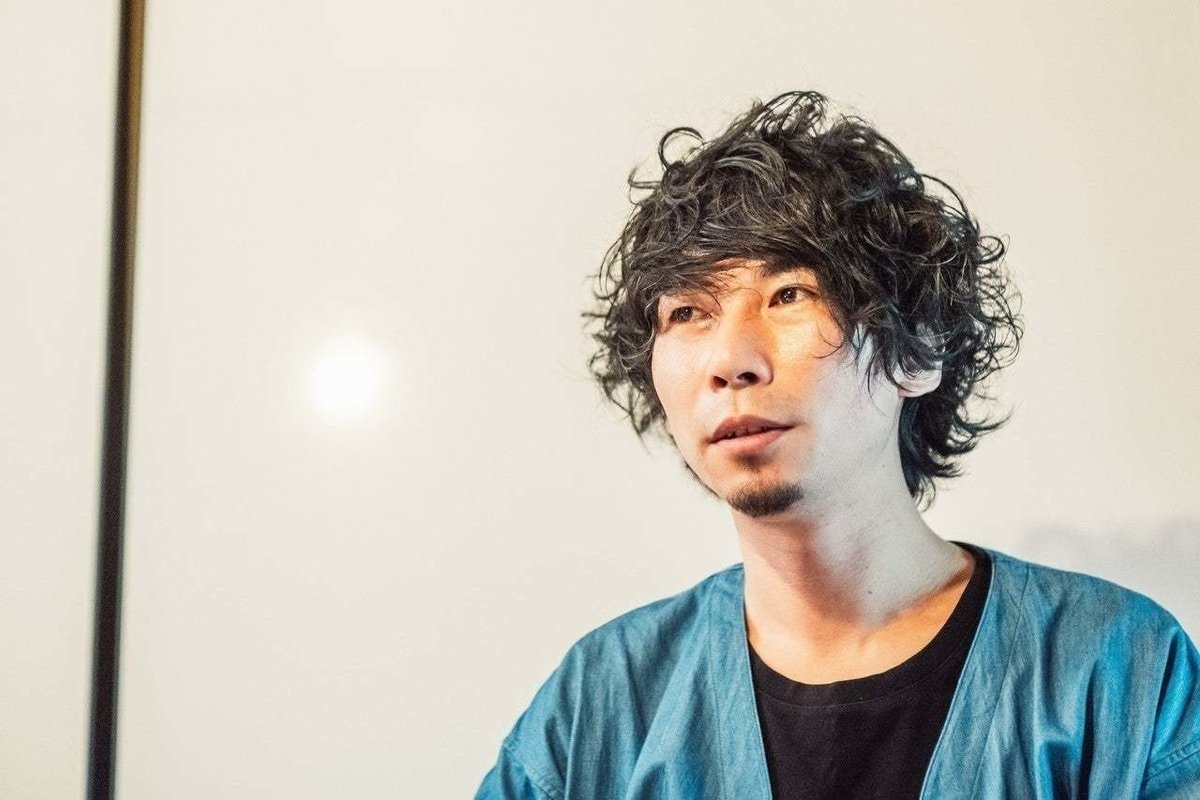
ideaboard® Series: Product Development Story #4_Intellectual Property Strategy|Envisioning the Revenue Model for Designers
In December 2019, NKC Nakanishi Metal Works Co., Ltd. (referred to as NKC in the following) launched their new whiteboard, “ideaboard®.” Unraveled by the project members themselves, this series records the story of how the ideaboard was brought to life, and into ours.
《Past articles》
ideaboard® Series: Product Development Story #1_ The Idea|On Persistently Nurturing a Seed Idea
ideaboard® Series: Product Development Story #2_Design Development |Prototyping and Updating the Hypothesis
ideaboard® Series: Product Development Story #3_Design Development|Collaborating with Design Agency, 'f/p design'
The series continues where we left off with Riku Nagasaki, head of “KAIMEN” (the business design team reporting directly to the president at NKC) as he lets us in on the story behind ideaboard’s intellectual property strategies—one of the project’s key aspects embarked upon from the beginning of product development.

Riku Nagasaki
head of KAIMEN
NKC BUSINESS DESIGN CENTER
1. The possibility of intellectual property brought about by the designer
ーIt seems that you were fast in considering the registration of trademarks and design rights for ideaboard. What kind of background lies behind that?
Due to the history of relying on the construction industry’s unit price settings, although the unit price does change depending on the designer’s experience and level of practice, the modern design industry’s pricing in Japan is basically a matter of hourly rates—exchanging time for money.
On the other hand, in the eyes of a client, a designer is not a certified profession like that of an architect or a lawyer. This leads to the client forming a sense of distrust towards the proposed design fee or the output, to begin with. They may consider the design as an extension to an arts and crafts project, or feel that they themselves could make “a poster.”
Consequently, designers end up encountering the unfortunate case of having to “show their effort and behavior” in order to eliminate clients’ feelings of distrust and convince that their work is worthy of the proposed design fee—as to prove that they certainly “did (put effort) in their work.” This is an inevitable situation due to the fact that designers do not possess a revenue model besides one based on “selling their time.”
That’s why I often talked to my lawyer friend that I wanted to develop something that would enable designers to generate revenue through something other than giving up and selling their time. It was a thought experiment—considering what would happen if we were to see designers as specialists who could produce intellectual property such as designs and structures.

—What kind of business model in particular?
In the case of the ideaboard, since it is a product envisioned, discovered, and invented by ourselves, we’ve followed through the process with the designers being the ones to take the lead. Considering this, I thought that converting the activities born through the process and the output itself into intellectual property would be the first step in thinking about the new revenue model.
New products will not be created without the abundant amount of affection poured into them for a certain period of time, nor will they spread without continuous care. However, it isn’t realistic to promise that the same amount of care will be provided for the next sixty, seventy years.
Viewed in this way, there comes a time when the developed product or business itself would need to be transferred elsewhere. If the designer has some kind of intellectual property in regard to the product at that time, contracts can be exchanged. Based on intellectual property, the business will be easier to transfer.
Up till now, designers simply made the shape and didn’t think too much about what kind of future business would succeed afterward. As a new method to generate revenue, I felt it would be crucial for next-generation designers to have intellectual property rights which were considerate of the possibility of selling the products and businesses.
2. Changing designs based on the possibility of design rights registration
—When did you start taking action in regard to ideaboard’s intellectual property?
When considering intellectual property or rights, asking for the lawyer’s cooperation often comes after the product is developed. This goes for all industries. Even if there is no difference in its usability, appearance, or beauty, there will often be the occasional conversation: “we could have acquired design rights if the shape had stuck out a little more, or on the contrary, was tucked in a bit more...”
That’s why for ideaboard, we proceeded with our friend from Lexia Partners involved from the early stages of product development, working together to secure elements related to intellectual property, especially with a focus on design rights. I feel that ideaboard’s development process was a particularly fascinating project in the sense that designers and lawyers collaborated from the very beginning to create a product.
ーWas there any change in the product development brought by the involvement of Lexia Partners’ lawyers?
For example, when looking at the surface of ideaboard’s perimeter, you’ll notice that it is flat—that there is no difference between the height of the whiteboard and the surrounding black urethane. In many office furniture—for example, an office table—there will often be a cover attached to the rim, forming a slight bump, in aim to prevent any kind of harm done when a person makes contact with it. Of course, there is a small margin of error, yet based on the drawings, the ideaboard is flat.
What is protected under the design rights of the ideaboard, is the fact that the surface between the board and urethane is flat, and that it will be circular when the corners are cut off. If these two aspects are guaranteed, ideaboard can be square or circular.

The more complicated the shape is, the easier it will be to acquire design rights, but the right will be all the harder to protect. On the contrary, if you could make the shape as simple and universal as possible, the right could be extremely strongly protected.
We could have held on to every detail, in consideration of all the possibilities of being violated, but it just wasn’t realistic due to each application costing us several hundred thousand yen. We contemplated on what kind of shape would cost the least, yet could also have the best defense.
3. A product name that would stand close to people's hearts and blend into their daily life
ーPlease tell us about your thoughts behind the name, “ideaboard.”
It came out quite easily. I can’t recall scrutinizing over the name. We considered it as, “a cutting board of ideas” from the start, so we decided to go through with it as “ideaboard.” The appearance of the written letters is neat, too.
It’s in my nature that I like “de facto standards.” De facto standards are products with names that have become common names, such as “band-aid,” “cellotape,” and “post-it.” “Post-it” is a 3M product name, while “sticky notes” is the common name. However, we all call the sticky notes sold at 100 yen stores as “post-its.” We initially knew that if we were to make something from scratch, we would want to make the product name as close to people’s hearts and embedded in their daily lives as much as de facto standards.

Actually, the in-house code name was “octopus-board”—as in “sticky as an octopus.” The aspect that it would stick was something we wanted to be particular about so it appears in its code name as well.
—Did you have a particular strategy when acquiring trademark rights for the product name?
We didn’t specifically have something we could call as a strategy in regards to trademarks, yet I do think Lexia Partner’s Munesuke-san—in charge of our trademarks—was quite particular about which category ideaboard should be applied for. Home furniture, architectural material, stationery, etc. Since applying across multiple categories required excess costs, and also raised the possibility of competing with similar trademarks, we eventually applied for it under office furniture. We had initially predicted it to be used mainly in the office—although we would be completely happy if it were to be used in kindergarten, for example.

—Did you consider the creation or registration of a logo?
We didn’t make a logo design. I feel that in current times, a brand’s value lies not in the nature of a symbol—in this case, a logo—but in the words of people or in written text. I myself didn’t feel quite right in attaching a symbolic logo that would become some kind of receptive device for people’s feelings towards ideaboard, and thus we intentionally didn’t create a logo for ideaboard.
Looking back, in terms of right-related matters, we were able to have a great session, thanks to everyone’s curiosity and eagerness at Lexia Partners to provide us with knowledge from the early stages of product development when there was still room for improvement.
To be continued in “ideaboard Series: Product Development Story #5”
(Interview by Mone Nishihama, NINI Co., Ltd., translation by Kyoko Yukioka, NINI Co., Ltd., and photos by Yukiya Sonoda)
▼Click below to see the original Japanese version / 原文はこちら
この記事が気に入ったらサポートをしてみませんか?
